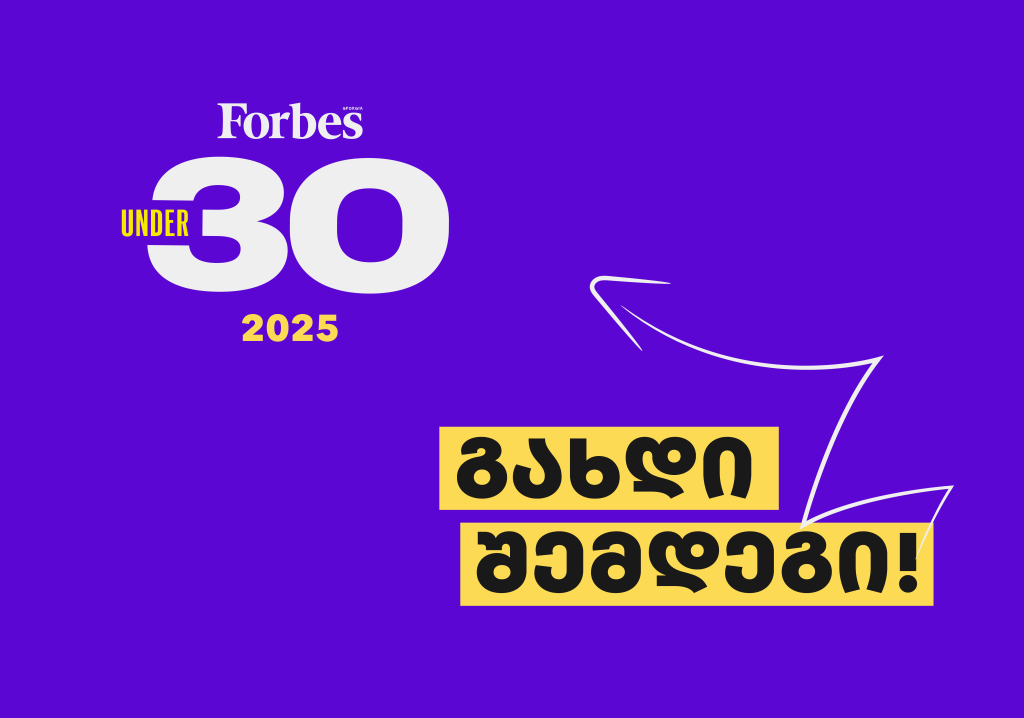Even before the approval of the first COVID vaccines in late 2020, there have been national, bilateral, regional, and global schemes such as global vaccine-sharing initiatives and the European Union (EU)’s pooled procurement, to buy and distribute vaccines. However, by May 2021, only a handful of nations such as the United States (US), Germany, the United Kingdom, the Russian Federation, India, and the People’s Republic of China (PRC) have been successful in the development and export of vaccines. Given the costs, geographical distances, and the quality and acceptability of the brand, wealthier countries have been able to purchase more doses than poorer ones. Hence, as indicated on heat map, by early July 2021, the number of COVID-19 vaccine doses administered per 100 people is much higher in the US and developed European countries than, for example, developing Asian ones.
A limited immediate supply to developing countries, de facto export bans, early partnerships between the governments with drug-makers like Operation Warp Speed, certain countries’ hesitation with the indemnification clause, and, to a smaller degree, high prices, have resulted in more doses in high-income countries. Without asking for aid and addressing regulatory barriers, many low- and middle-income nations have difficulty competing for doses. The Group of Seven (G7) have donated and pledged to contribute billions of dollars and doses of vaccines to the COVID-19 Vaccines Global Access (COVAX), a worldwide initiative promoting equitable access to COVID-19 vaccines directed by Gavi, the Vaccine Alliance, the Coalition for Epidemic Preparedness Innovations, and the World Health Organization (WHO).
Due to limited supply, COVAX—which mainly creates advance market commitments for countries whose doses are financed by grant funding—has serious constraints over volumes, prices, and time frames for delivery. Many of COVAX’s deals are not based on advance-purchase agreements with actual cash paid to drug-makers. Memorandum of understanding and statement of intent are not useful for COVAX to secure large number of needed doses. The slow speed at which many drug-makers are securing emergency-use listing from WHO—a pre-requisite for COVAX-approved vaccines—causes further delay.
Many low- and middle-income self-financing countries have difficulty making huge down payments towards vaccines despite utilizing national vaccine funds and COVAX’s affordable purchase agreements. Hence, many vaccine-financing facilities, established by international financial institutions such as the World Bank and others, have come up to help developing countries finance their purchases of COVAX-approved vaccines.
Since there are so many stakeholders—the governments, drug-makers, development agencies, intermediaries — in the global vaccine market, handling the distribution of doses in developing countries would demand enhanced trade and cooperation schemes. For example, governments can work together to reduce trade-related barriers to vaccine supply and learn from the pooled procurement arrangements that have contributed to the EU’s high vaccination rate as indicated on the graph. Development agencies, private drug-makers, and governments should work together to optimize the purchases, sales, and grants of doses. Their policies and strategies can consider:
- Protecting vaccine as a commodity: There are huge bankruptcy risks for private drug-makers in their research and production of COVID vaccines. They cannot guarantee a vaccine to be a success for both treatment and commercial purposes. Hence, they often received a large amount of grants from their government and required advance-purchase agreements with upfront payments from other buyers. For vaccines with already proven efficacy like Pfizer, Moderna, and AstraZeneca, as well as Sinopharm orders have piled up quickly, exceeding current supplies.
However, the global vaccine market is very volatile as many countries are developing their own vaccines. Purchase agreements might immediately shift from current vaccines to newer ones with higher efficacy. It would be unreasonable for many activists and governments to ask private drug-makers to sell their vaccines at a discount. With certain profits from their sales, private drug-makers not only reduce their bankruptcy risks, but also can further improve their vaccines.
- Prioritizing the delivery of doses based on vaccination capacity: Cooperation between international and national authorities are crucial to the success of logistics behind each delivery and vaccination. Developing countries should first calculate how many doses they could use at every vaccination center before they expire. The calculations, which also consider demand factors like vaccine hesitancy, should be realistic to avoid wasting doses. Every time development agencies and donors grant doses to one country, they should deliver the number of doses not based on the optimal figures that can be fully used to avoid the dumping of expired vaccines that happened in Hong Kong and Malawi.
- Allocating development finance to private drug-makers: Many activists and nonprofit organizations have been asking large economies such as the US and PRC to help vaccinate the world. Given about 7 billion people worldwide, the likely necessity of annual vaccinations, and the high cost of each dose (for example, $20 for one dose of Pfizer), one economy can hardly subsidize global vaccination every year. While the US has backed a waiver of intellectual property rights on vaccines, transferring patent to developing countries is not ideal for immediate vaccination efforts. It would first require a lengthy negotiation process with certain monetary compensation from the governments to private drug-makers. Better alternatives, which also are already happening, are to encourage those private drug-makers to open manufacturing plants and to support research & development in developing economies. Hence, like AstraZeneca and India, they would save on labor costs, expand production, and reduce the time of delivering doses to people in need. Governments and development agencies can support private drug-makers with low-interest-rate loan packages or grants.
The COVID-19 pandemic might not be completely over soon with continuous outbreaks happening across Asia, Africa, and Latin America. With growing financial donations from developed economies and development agencies, COVAX should succeed in the long term. In the meantime, developing countries must continue monitoring potential outbreaks carefully and using their shares of doses efficiently to contribute to the global fight against the pandemic.



